Karios, Gorman, and Performance: On the Literacy Moments of the Moment
Holly Sheppard Riesco and Christian Z. Goering
In focusing on these books in verse, teachers have the opportunity to develop true creativity in their students’ literacy moments. Our ideas start with having all different books in verse on the desks when the students walk in and allowing students to choose their groups and their books according to interest.
- Invite students to read through the titles of the poems and find a few that they like as a team, a title that they can visualize through the language. Then, ask students to create an oral performance of the poem and practice performing it prior to a poetry slam event in the classroom.
- Invite students to read through the first poems of each book. Then, as a team, they can create their own spoken word narrative poem based on a community experience, possibly even an injustice they see. They will recite and perform this poem as a team.
- Invite students to use TikTok, SnapChat, or Instagram to create videos that focus on performance of one of the poems from the book of their choice and convince the watcher to check out the rest of the book. In this instance, they are trying to interest their audience in the book.
But it’s not just the creativity that is important. It’s that these poets focus on issues that today’s youth face, and therefore, these books give entrée into the real-world injustices that they can see outside of the ELA classroom windows, giving new perspectives to the unjust realities and misrepresentations that BIPOC students and LGTBQ+ students face. Students who want to delve further into these books can access current events and social media to make connections through the stories these books offer.
And who knows? Maybe the teacher finds the interest in these books so complete that she, he, or they agree to read the books in book clubs in their groups, with recitations of the poems acting in tandem with an inquiry process that encourages students to access their multiple sources for literacy through the guidance of both the books and the teacher as facilitator.
Before You Finish, A Slideshow
Includes all of the books mentioned in the post a few more Bickmore happens to like
Resources
Fletcher, J. (2015) Teaching Arguments: Rhetorical comprehension, critique, and response. Stenhouse Publishers.
Seale, T. (2017) Finding moments of opportunity. English Journal, 106(5), pp. 10-11.
About the Contributors
| Holly Sheppard Riesco is currently a doctoral student at the University of Arkansas in the Curriculum and Instruction program in English Education. Prior to entering the doctoral program, she taught secondary ELA for 15 years. Her research interest is in how contemporary children and YA literature can be integrated with students’ lived literacies in the ELA classroom. She co-authored Adolescent Realities: Engaging Students in SEL through Young Adult Literature (Rowman & Littlefield) that will be out later in 2021. She can be contacted at [email protected]. |
| Christian Z. Goering is professor and co-coordinator of English education at the University of Arkansas, where he leads the Northwest Arkansas Writing Project. His scholarship explores how English teachers take up music in their teaching, especially student songwriting. Literacy education policy, as it affects our abilities to engage innovative practice, is a secondary interest. He’s currently past chair of the English Language Arts Teacher Educators. |
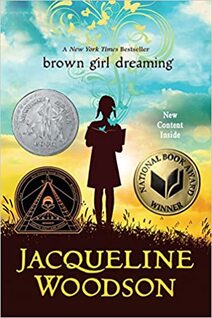
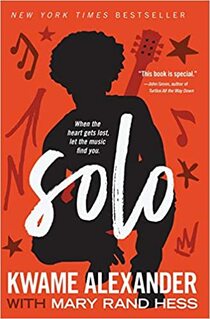
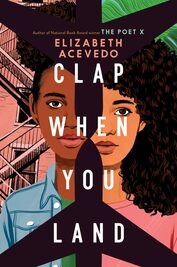
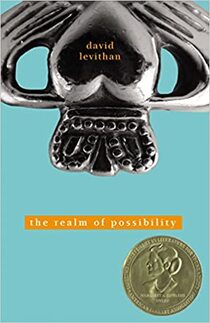
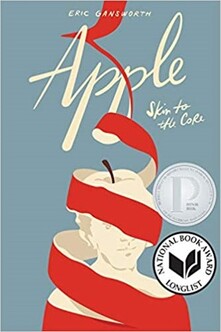
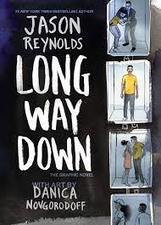
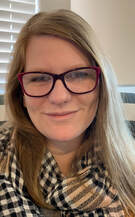
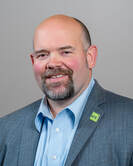

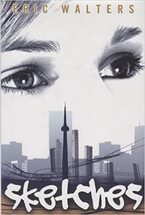
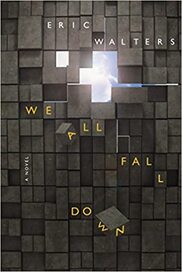
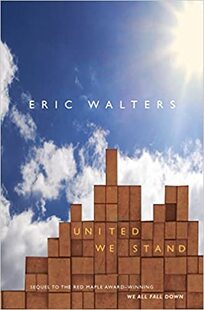
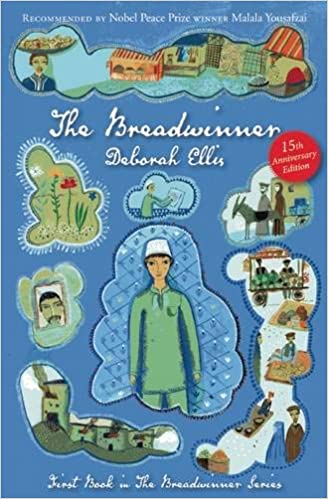
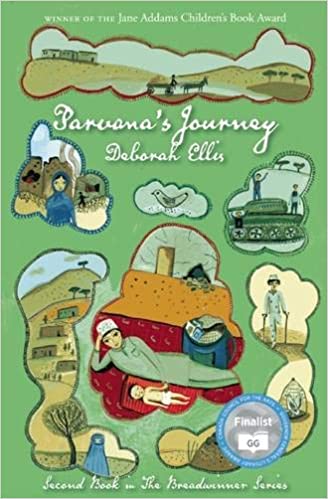
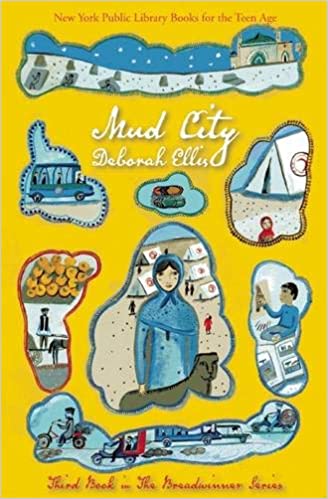
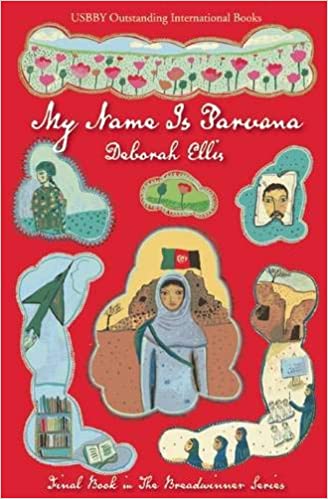
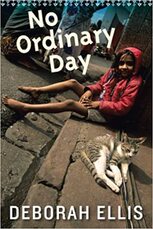
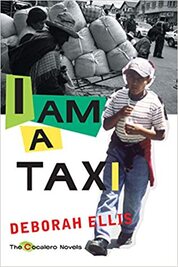
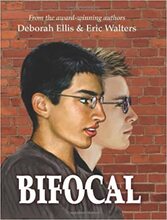
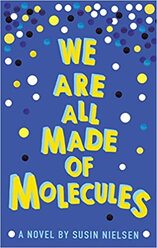
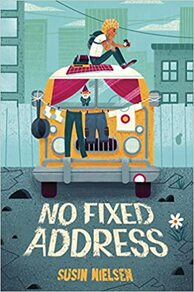
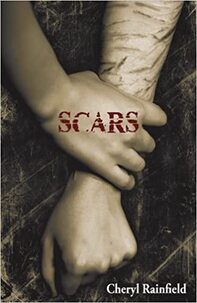
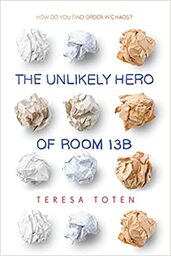
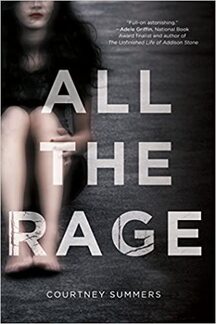
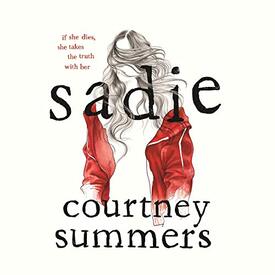
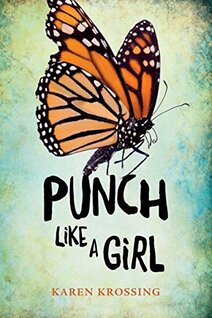
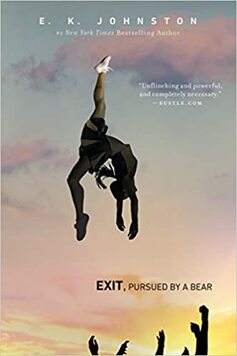
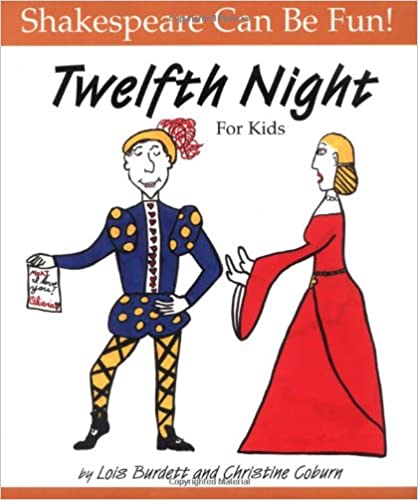
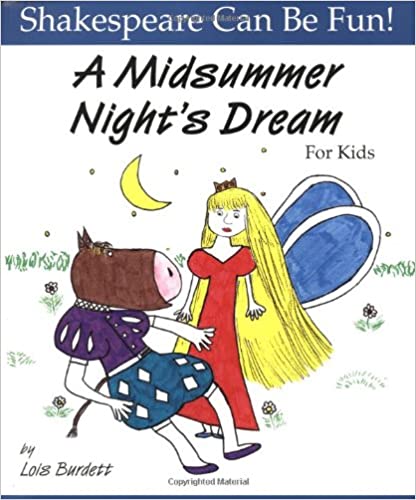
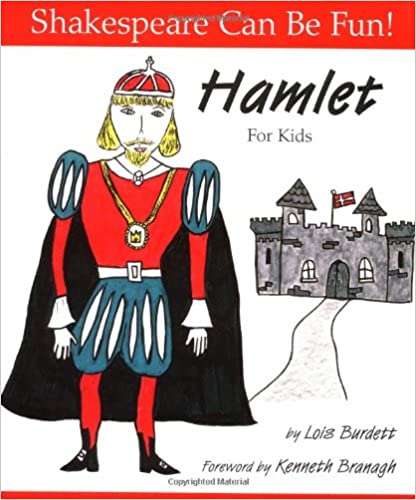
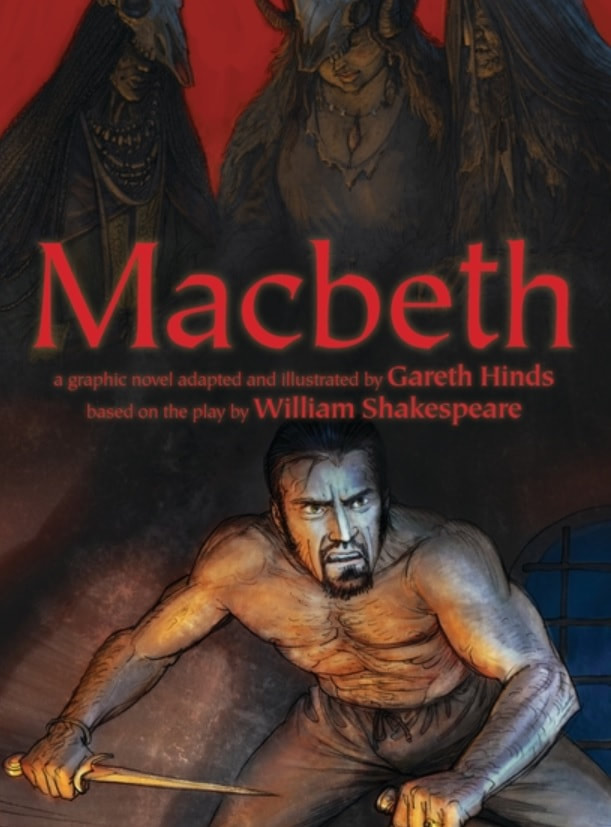

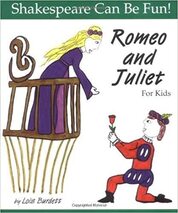
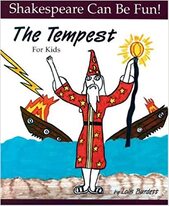
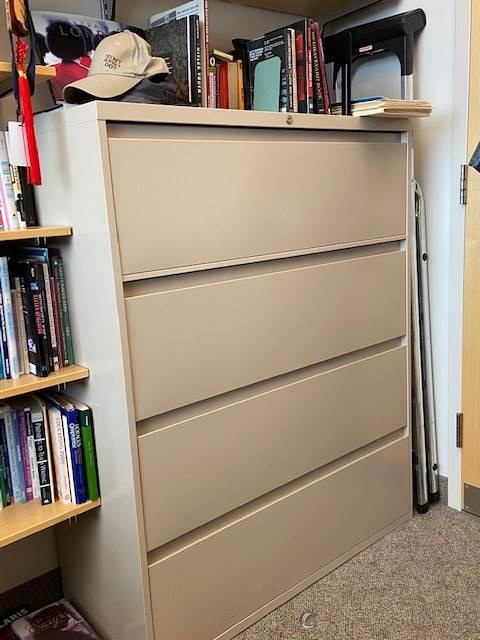


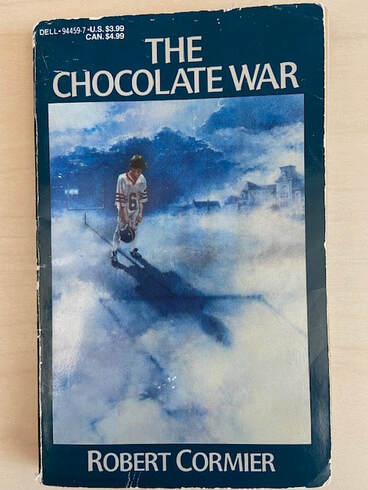
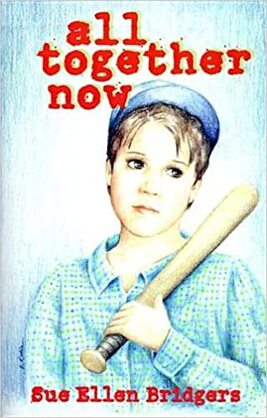
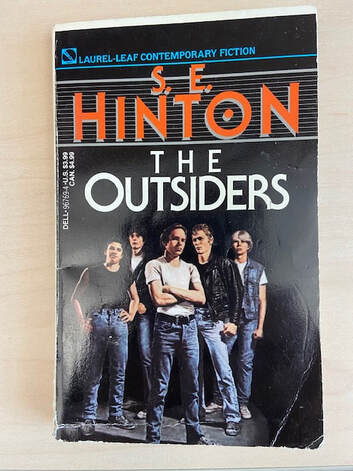
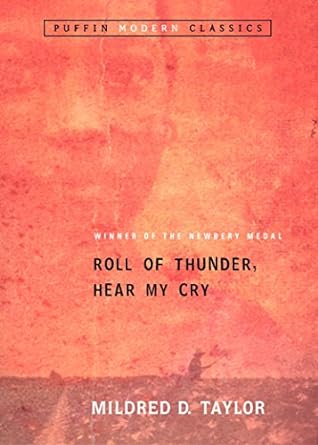
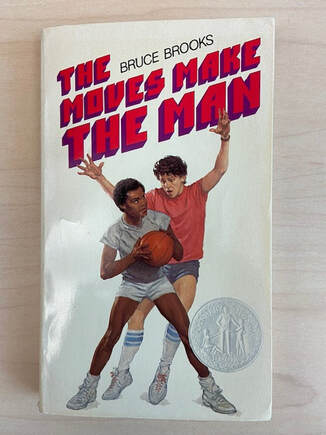
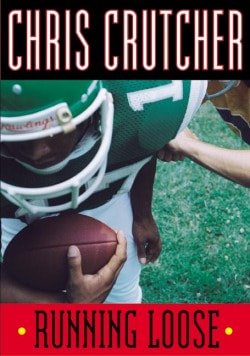
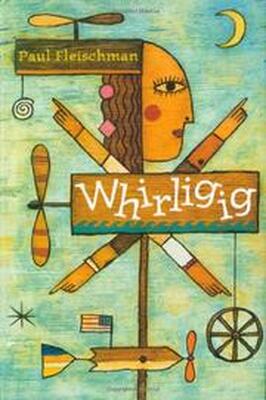
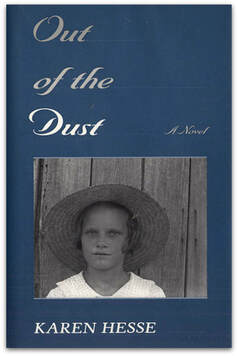
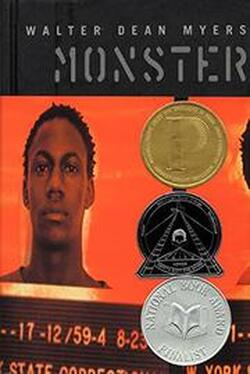
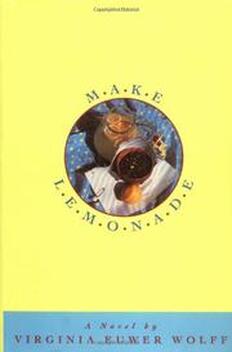
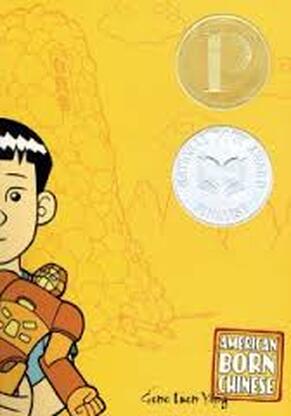
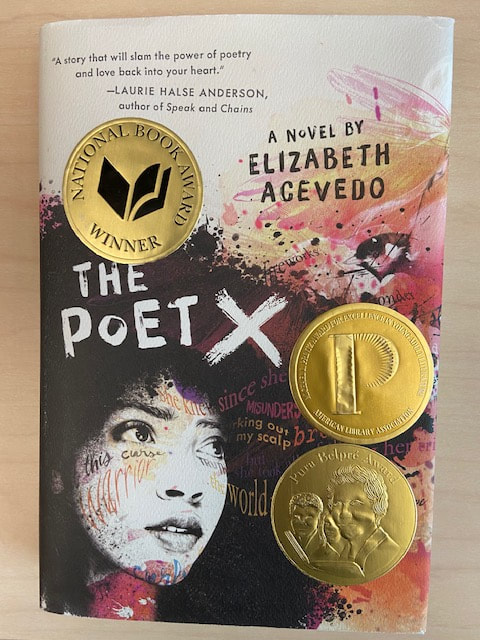
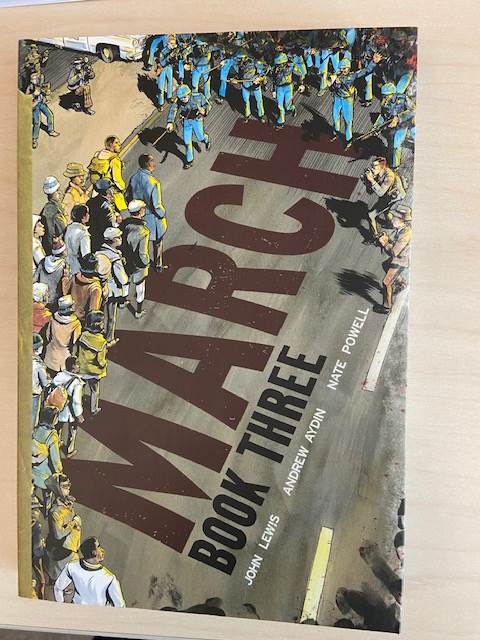
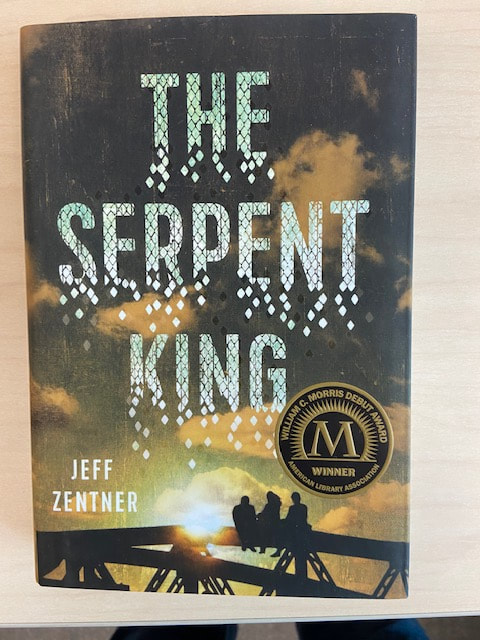

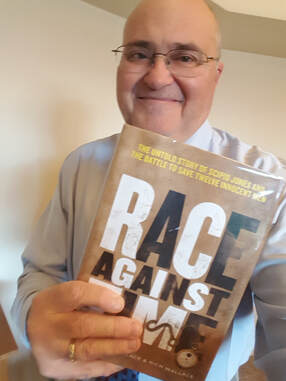
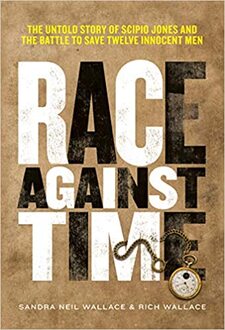

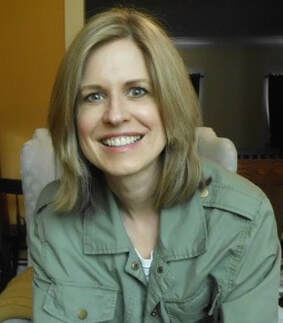
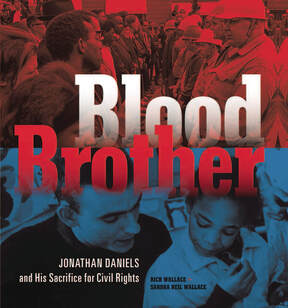
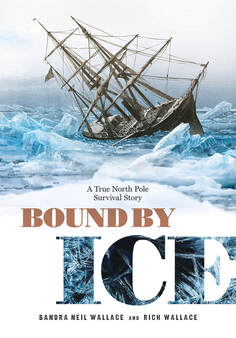
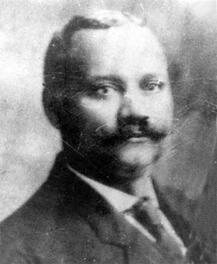
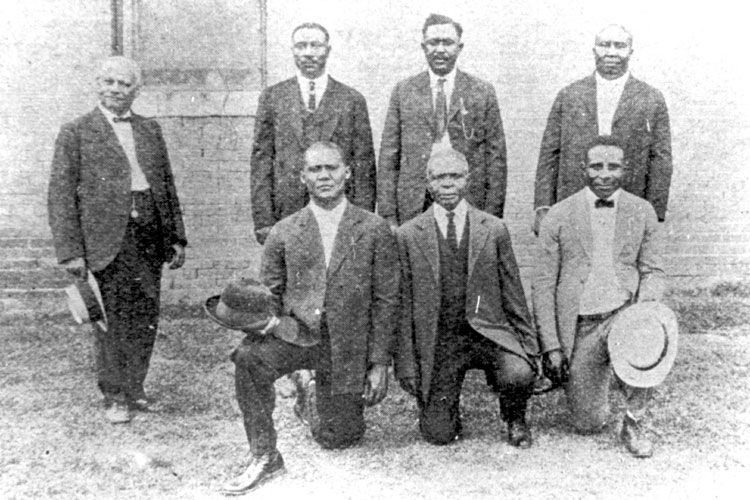
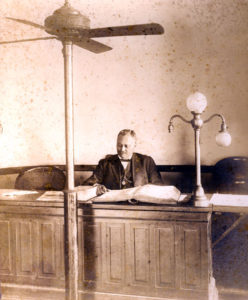
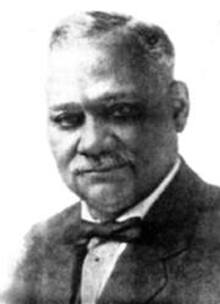

 RSS Feed
RSS Feed